“Design is intelligence made visible.” – Alina Wheeler
Let’s get into Game-Changing Graphic Design Trends for 2025. Graphic design is more than aesthetics. It’s a language that shapes brands, tells stories, and drives decisions. In 2025, the design world continues its dynamic evolution, bringing fresh trends that redefine how we connect with audiences. Let’s explore the seven most impactful trends shaping the design landscape—and how you can harness them to stay relevant and impactful.
1. Bold Typography with Purpose
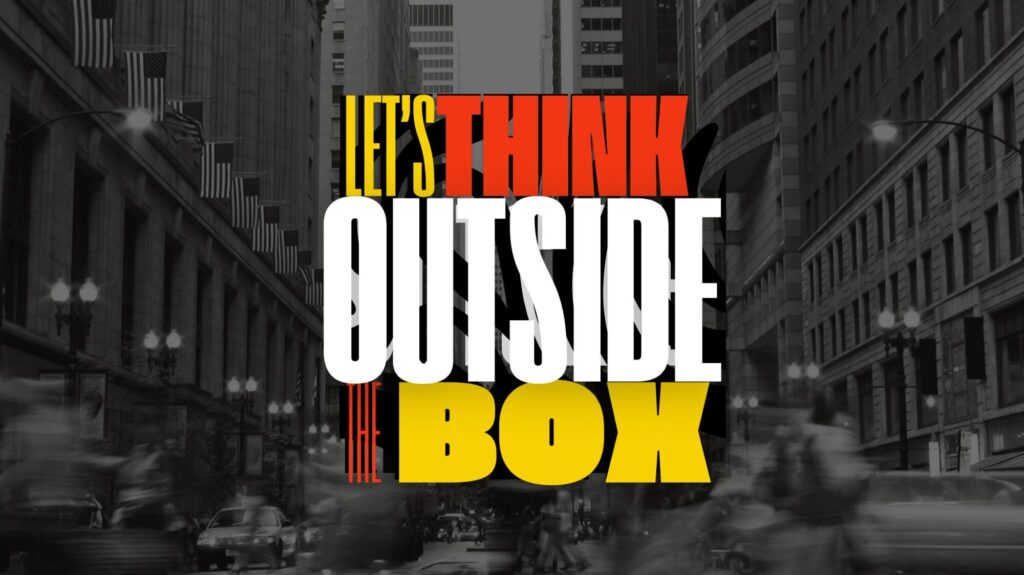
Gone are the days of understated text. This year, typography isn’t just a design element; it’s the design itself. Oversized fonts, experimental letterforms, and kinetic typography are on the rise. Designers are leveraging bold text to create dramatic visual hierarchies and guide viewers’ attention.
How to Apply:
- Pair bold fonts with clean, minimalistic backdrops for balance.
- Experiment with variable fonts to create dynamic layouts.
- Use animated typography in digital spaces to tell stories visually.
Pro Tip: Choose typefaces that align with your brand’s personality. A bold serif might exude elegance, while a chunky sans-serif screams modernity.
Relevant Resource: Master Z-Pattern and F-Pattern in Graphic Design for Effective Visual Impact
2. The Revival of Retro Nostalgia

Nostalgia never goes out of style. From 80s neon aesthetics to Y2K’s chrome and pixel art, retro-inspired designs are making a huge comeback. This trend taps into emotions, evoking familiarity and trust.
How to Apply:
- Integrate retro color palettes—think pastel pinks, blues, and muted yellows.
- Use grainy textures, halftones, and vintage-inspired illustrations.
- Combine retro vibes with modern layouts to keep designs fresh.
Relevant Resource: What is Graphic Design? An Inspiring 2025 Guide for Beginners
3. Immersive 3D Elements
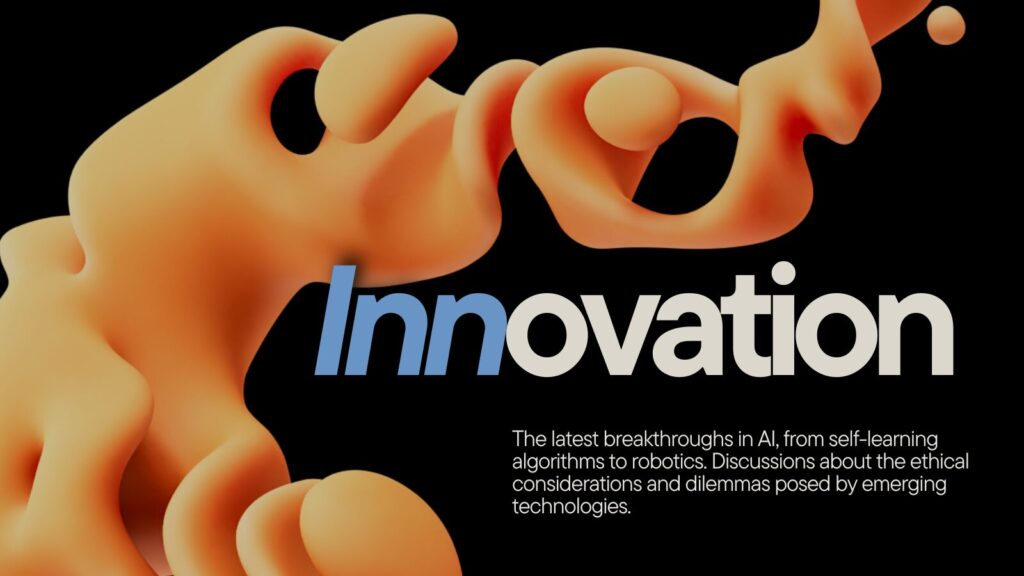
3D isn’t just a trend; it’s a revolution. From hyper-realistic product visuals to surreal abstract forms, 3D design adds depth and interaction to both print and digital media. Its versatility makes it indispensable in creating engaging experiences.
How to Apply:
- Blend 3D models with flat design for a hybrid aesthetic.
- Use 3D to visualize complex concepts or showcase product details.
- Incorporate motion graphics to enhance 3D elements in digital platforms.
Pro Tip: Tools like Blender and Cinema 4D make 3D design accessible even for beginners.
4. Sustainability-Centric Design
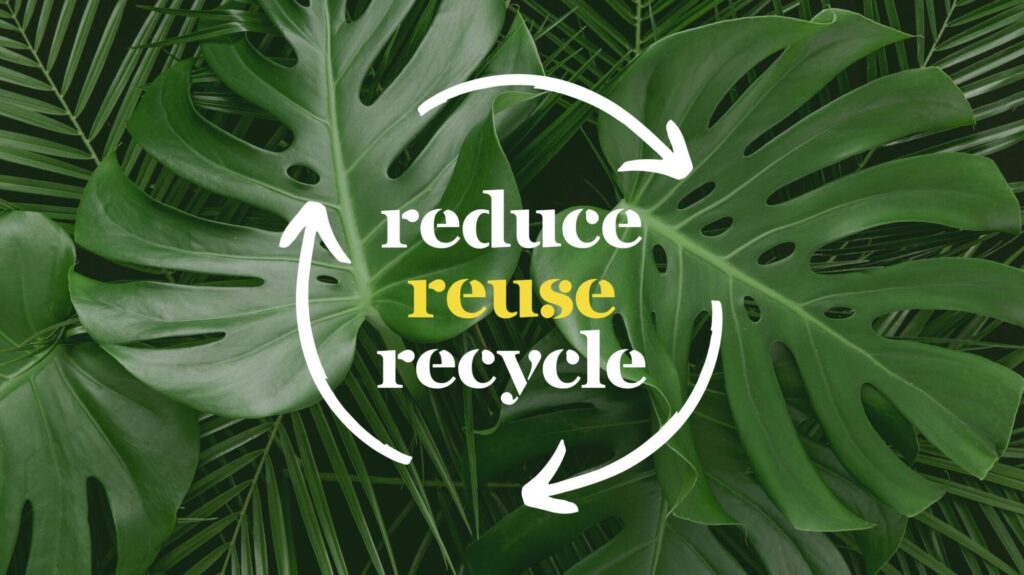
Sustainability is no longer a buzzword; it’s a responsibility. Green design practices focus on eco-friendly materials, digital-first approaches, and visuals that promote environmental consciousness.
How to Apply:
- Opt for earthy tones and natural textures in your designs.
- Prioritize digital media over print when possible.
- Design infographics or campaigns that educate audiences about sustainability.
Relevant Resource: 5 Essential Steps to Building a Strong Brand Identity
5. AI-Driven Personalization
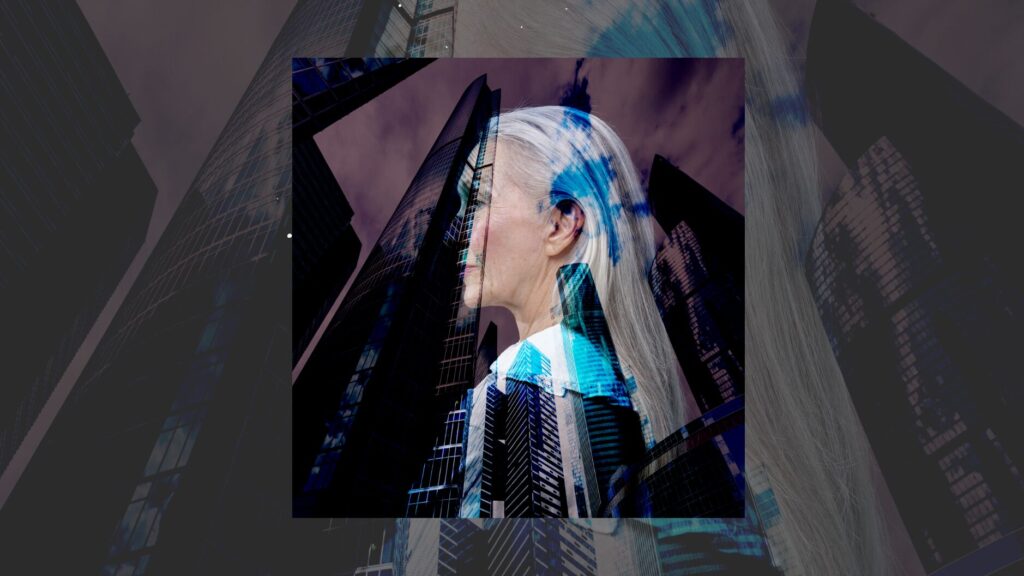
Artificial intelligence is transforming graphic design. With AI tools, you can craft hyper-personalized visuals tailored to individual preferences. It’s not just about aesthetics; it’s about delivering relevant experiences.
How to Apply:
- Use AI tools like DALL-E or MidJourney to generate unique design concepts.
- Implement machine learning to create adaptive visuals for different audience segments.
- Analyze audience behavior to inform design strategies.
Relevant Resource: Top 5 Game-Changing Digital Marketing Strategies
6. Abstract Gradients and Liquid Designs
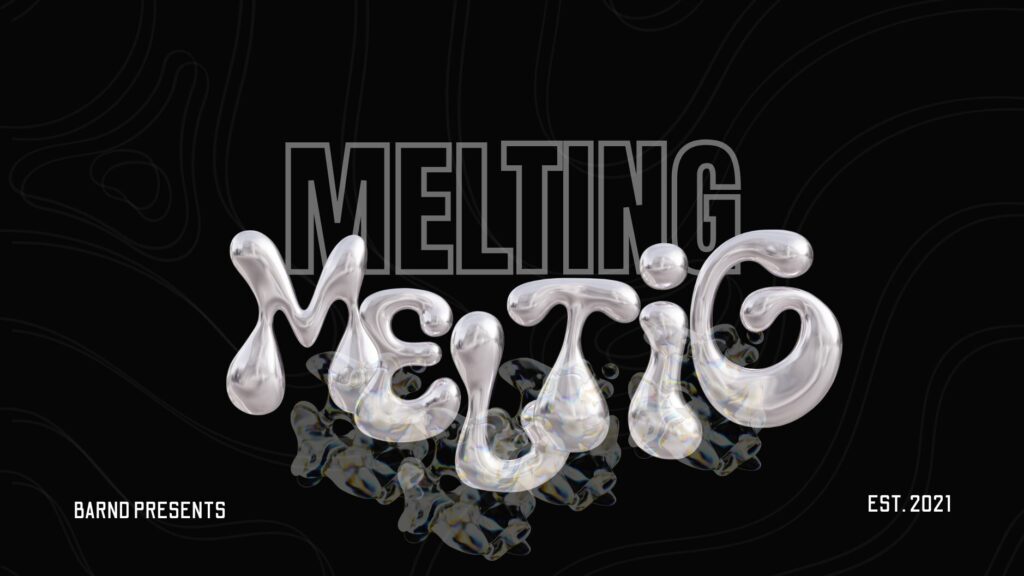
Wave goodbye to flat gradients; abstract and fluid designs are taking over. Think vibrant gradients with unexpected transitions and liquid-like shapes that exude motion and energy.
How to Apply:
- Experiment with multicolor gradients and organic shapes.
- Use gradients as backgrounds or overlays to add depth.
- Combine liquid effects with typography for a cutting-edge look.
7. Inclusive and Accessible Design
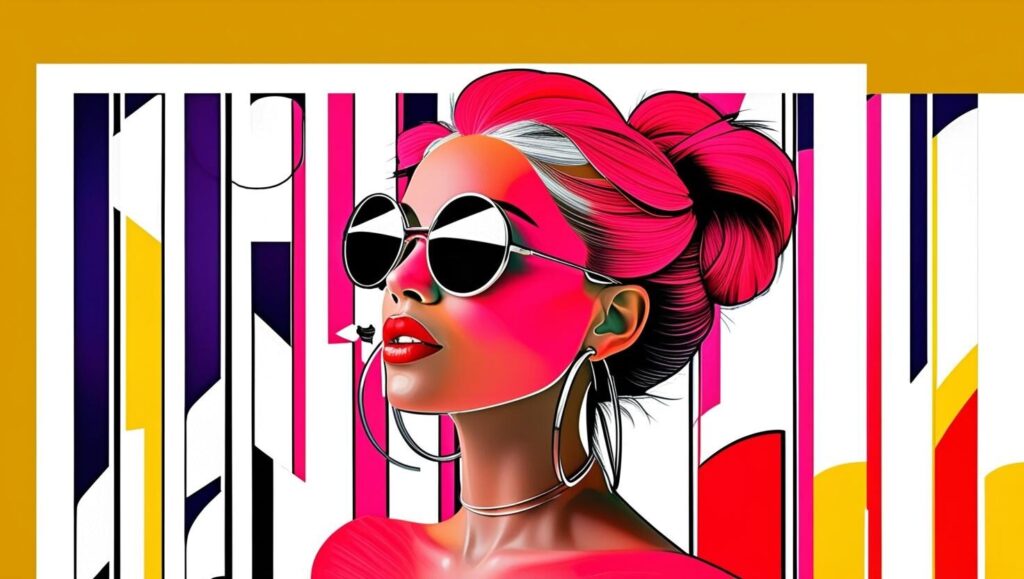
Diversity isn’t optional; it’s essential. Inclusive design focuses on representing varied cultures, abilities, and experiences. Accessibility ensures that designs are usable by everyone, regardless of abilities.
How to Apply:
- Use diverse imagery and avoid stereotypes in visuals.
- Design for readability with clear fonts, high contrast, and alt text for images.
- Test your designs for colorblind and screen reader compatibility.
Pro Tip: Tools like Stark and Adobe’s accessibility features can streamline the process of creating inclusive designs.
Relevant Resource: 5 Essential Tools for Beginner Graphic Designers
Resource Links
Inclusive and Accessible Design – Designing for Accessibility: A Comprehensive Guide
Bold Typography with Purpose – A Guide to Choosing Fonts for Impactful Design
The Revival of Retro Nostalgia – How Retro Design is Making a Modern Comeback
Immersive 3D Elements – Blender: A Beginner’s Guide to 3D Design
Sustainability-Centric Design – Sustainable Design Principles for Creatives
AI-Driven Personalization – How AI is Shaping Graphic Design Trends
Abstract Gradients and Liquid Designs – Exploring the Evolution of Gradients in Design
Conclusion
2025 isn’t just another year for graphic design; it’s a year of transformation. From bold typography to sustainable practices, the trends of this year empower designers to create work that’s not only beautiful but meaningful. Dive into these trends, experiment boldly, and watch your designs resonate like never before.
PariPixel Studio – Turning ideas into visuals that captivate!



